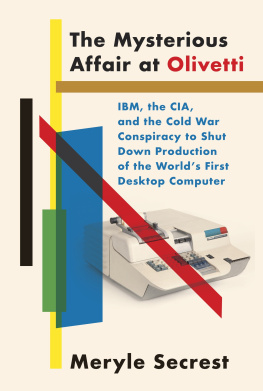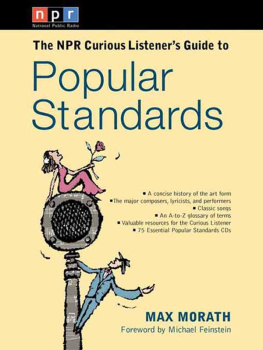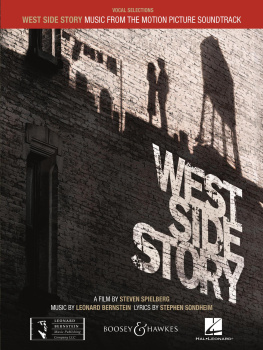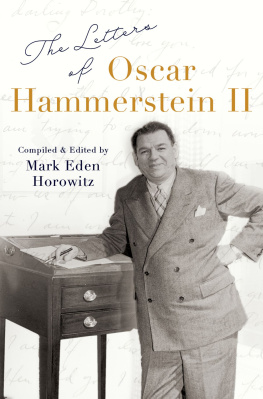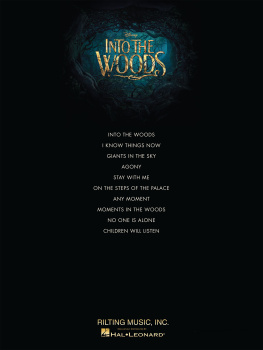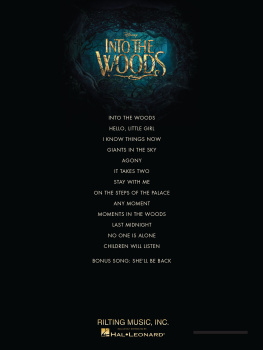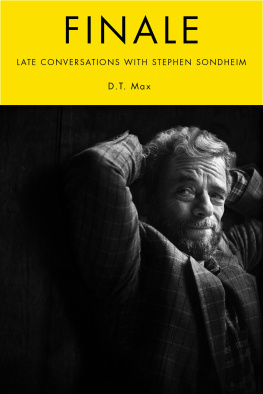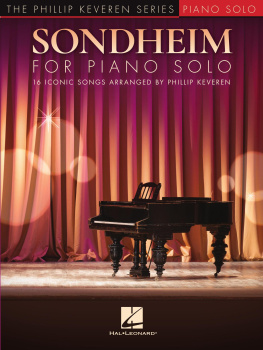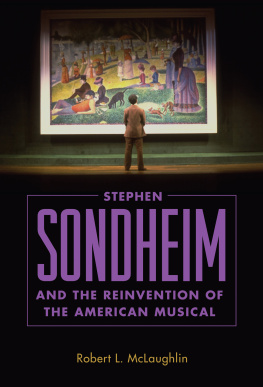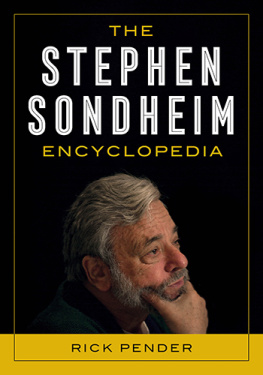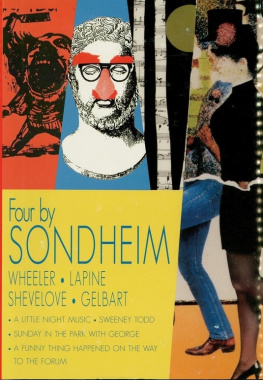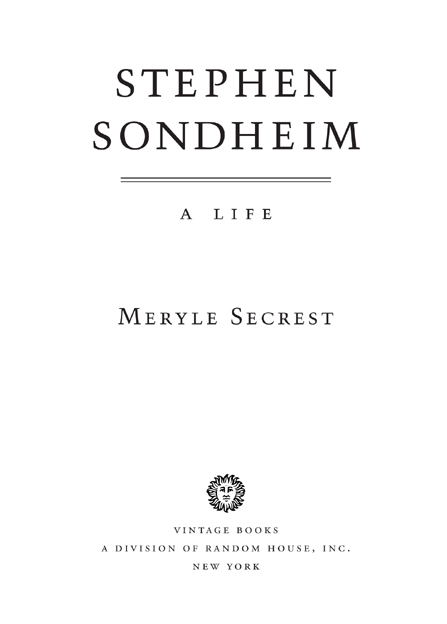Acclaim for Meryle Secrests
Stephen Sondheim: A Life
Even walking Sondheim encyclopedias will find news here. Secrest spent hours interviewing Sondheim, and he talked with unprecedented candor about his homosexuality, his unhappy childhood and his snappish intolerance of others.
Newsweek
Admirable. [Secrest] is clearly a tireless researcher and marathon interviewer. Those with and those without a special interest in the musical theater are kept happy.
The New York Times Book Review
Impressively researched, eminently readable. [Secrest] does a remarkable job of integrating the life and the work. The result is a portrait of a brilliant, deeply sensitive man.
Philadelphia Inquirer
Definitive. Secrest has connected Sondheim the human being with Sondheim the genius.
Houston Chronicle
Secrests book on Sondheim is so fascinating that anyone can enjoy it.
Minneapolis Star Tribune
A must-read for anyone interested in the musical theater. In Stephen Sondheim: A Life, Meryle Secrest sheds some light on the complex sensibility that grew out of a golden yet emotionally ragged childhood.
New York
What distinguishes Secrests work is her access to the very private, vulnerable and sometimes quite prickly composer himself, and through that, the first detailed study of his complex personal life.
Chicago Tribune
Meticulously researched. A bonanza.
The Denver Post
Superb. Garners our trust, seducing us into a delicious and uncommonly erudite show-biz read.
Newsday
A portrait of a complicated, contradictory and compelling artist. Secrest does much to illuminate some of the darker corners of Sondheims life, as well as to describe his long years in the spotlight.
The Miami Herald
ALSO BY MERYLE SECREST
Between Me and Life: A Biography of Romaine Brooks
Being Bernard Berenson
Kenneth Clark: A Biography
Salvador Dal
Frank Lloyd Wright
Leonard Bernstein: A Life
Somewhere for Me: A Biography of Richard Rodgers
Duveen: A Life in Art
Shoot the Widow
Modigliani: A Life
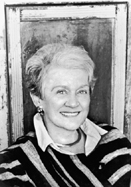
M ERYLE S ECREST
STEPHEN
SONDHEIM
Meryle Secrest was born and educated in Bath, England, and lives in Washington, D.C. She is the author of ten biographies and is the recipient of the 2006 National Humanities Medal.
FIRST VINTAGE BOOKS EDITION, OCTOBER 2011
Copyright 1998, 2011 by Meryle Secrest Beveridge
All rights reserved. Published in the United States by Vintage Books, a division of Random House, Inc., New York, and in Canada by Random House of Canada Limited, Toronto. Originally published in hardcover in the United States by Alfred A. Knopf, a division of Random House, Inc., New York, in 1998.
Vintage and colophon are registered trademarks of Random House, Inc.
Owing to limitations on space, all permissions to reprint previously published material may be found on .
The Library of Congress has cataloged the Knopf edition as follows:
Secrest, Meryle.
Stephen Sondheim : a life / Meryle Secrest.1st ed.
p. cm.
1. Sondheim, Stephen. 2. ComposersUnited StatesBiography.
ML41O.S6872S43 1998
782.14092dc21
[B] 9814258
eISBN: 978-0-307-94685-0
Author photograph Marion Ettlinger
www.vintagebooks.com
Cover photograph Hulton-Deutsch Collection/Corbis
v3.1
For Cary
My heart has built a precious shrine for the ashes of dead hopes.
B ERTRAND R USSELL
The Perplexities of John Forstice
Contents
PREFACE

To the Vintage Edition
May 2011
T HIS BIOGRAPHY OF S TEPHEN S ONDHEIM , published in 1998, is the result of fifty hours of taped interviews conducted with my subject in 1995 and 1996. I transcribed them myselfanyone who has tried this knows how excruciating that isfollowed by a year of organizing and writing the book.
The collaboration began in an unlikely way, and his longtime collaborator Arthur Laurents played a major role in its inception. I had just published a biography of Leonard Bernstein, which had the bad luck to arrive on the scene a few months after an earlier Bernstein book, in 1994. This was by another biographer whom Bernsteins company, Amberson, had chosen, and who had access to all the personal material to which I was denied access. Sales of my book did not measure up to expectations and reviews were lukewarm. I sometimes joke that only five people in New York read the book, but they were, among others, Jamie Hammerstein, Oscar Hammersteins son, Mary Rodgers, Richard Rodgerss daughter, and Arthur Laurents, playwright and co-author of West Side Story. Arthur subsequently wrote to say that he had never read a study of Bernsteins character that was as on the mark as mine. The stage was set. The next thing Arthur did was persuade Sondheim, who had already said no to me once, to change his mind.
Sondheim explained he had not wanted to sit for his portrait because of the time it would take to get the story right. He might have added, to tell the story completely. His own recollections and reminiscences in Finishing the Hat are a testament to how much more there was to tell. On the other hand, I leapt at the chance. Years of experimenting with the biographical form had taught me how unsatisfying the resulting portrait can be, if the author does not have enough information about her subjects formative years. I knew that Sondheim was famously unwilling to be interviewed. If he would allow me to see him, I thought I could make a contribution to a major chapter in the history of American musical theater.
The problem of writing about a still-living subject is the fact that the author always is uneasily aware that the subject is going to read the book. Should one be careful, and risk being boring, or refuse to be intimidated? Should it be a love letter or its diametric opposite? How is one to construct a nuanced portrait? Fortunately I had come to realize that, unlike the profile interview form, which I used to write for the Washington Post, the extended form of biography makes a rounded portrait much less difficult. There is time and space and almost everything can be said, if done with sufficient tact. I was astonished when my first book, a biography of the expatriate artist Romaine Brooks, which I had imagined painted a very dark life indeed, was chosen by the American Library Association for its annual list of the thirty best books of the year. The choice was made, the Association wrote, because it portrayed a woman triumphing over almost impossible odds.
I had made heavy use of direct quotes for my book on Romaine. So I decided that the hours and hours of interviews with Sondheim would form the structural underpinning of this book. This can have pitfalls of its own, depending on the circumstances of course, but on the other hand my subject was incapable of being boring. Another danger was that the narrative might get bogged down in amusing anecdotes that went nowhere. Happily, here was a life riveting enough that the pace could stand an occasional digression. There are asides here from Sondheim that still make me laugh. And the triumph of his accomplishments has never needed any underlining from me. So there we were, that late afternoon in October sixteen years ago, agreeing on the collaboration which has led to this book. As I left I remember going to the door for my coat. He leaned forward from some distance away to take my hand. He said, The floodgates are open. So they were.


